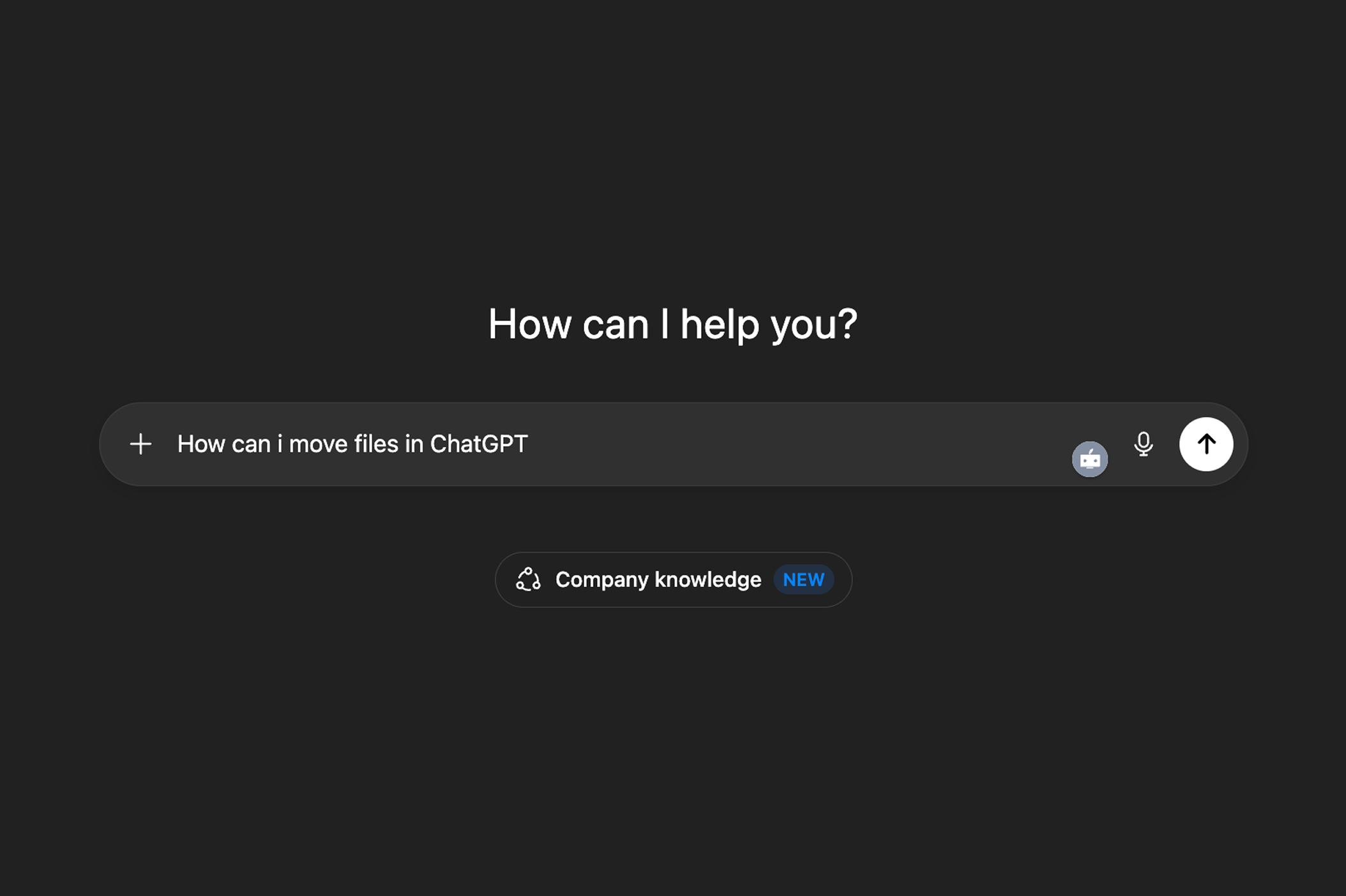Graph-based approaches to entity resolution help businesses cut through complexity.
Graph-based approaches to entity resolution help businesses cut through complexity.
November 28, 2025
•
Read time

The Crucial Link Between Data Quality and Business Decisions
In today’s data-driven world, quality data is essential for making informed business decisions or even ensuring your Generative AI or other AI processes are accurate. Without accurate, reliable, and timely data, even the best tools can't provide value. One key to ensuring this quality is through graph-based entity resolution, which offers an innovative way to handle data discrepancies.
What is Entity Resolution?
Entity resolution is the process of identifying and linking records that refer to the same entity across different data sources. For instance, recognizing that 'John Doe' in one system and 'J. Doe' in another refer to the same person.
In the era of Big Data, where information comes from numerous sources (CRM systems, online transactions, social media), discrepancies are inevitable. Entity resolution is not just a technical challenge—it's a necessity.
Consequences of Poor Entity Resolution
Failing to correctly match or merge entities can lead to significant business problems. Duplicate records can cause confusion in marketing efforts, while mismatched data can result in compliance risks, especially in industries like finance and healthcare. The stakes are high, and the consequences of poor entity resolution are far-reaching.
Traditional Methods and Their Limitations
Traditional entity resolution methods, based on rigid rules, often fall short in modern, complex data environments. These deterministic approaches can’t keep up with the dynamic nature of today’s data, making them unsuitable for large-scale, complex needs. This is where graph-based approaches provide a more adaptive and scalable solution.
How Graph-Based Methods Work
Graphs represent data as nodes (data points) and edges (connections). This shift from tabular data to interconnected nodes offers a broader view of the relationships within the data, making it easier to identify and resolve duplicates or discrepancies.
Graph algorithms, such as weighted edge analysis or community detection, excel at identifying connections between entities that traditional methods might miss.
Key Advantages
Real-World Applications
Data quality directly impacts business outcomes. As the volume of data grows, challenges like entity resolution become even more critical. Graph-based approaches offer businesses a powerful, scalable tool to maintain data quality and unlock valuable insights.
Next Steps
By prioritizing data quality and leveraging advanced tools like graph-based entity resolution, businesses can make smarter, faster decisions that drive long-term success.

How the hidden weight of governance burnout shapes risk culture and alignment.

The shift from manual audits to reflexive architecture. How to build systems that monitor and correct their own compliance policies.

Plus the one that actually works for production.